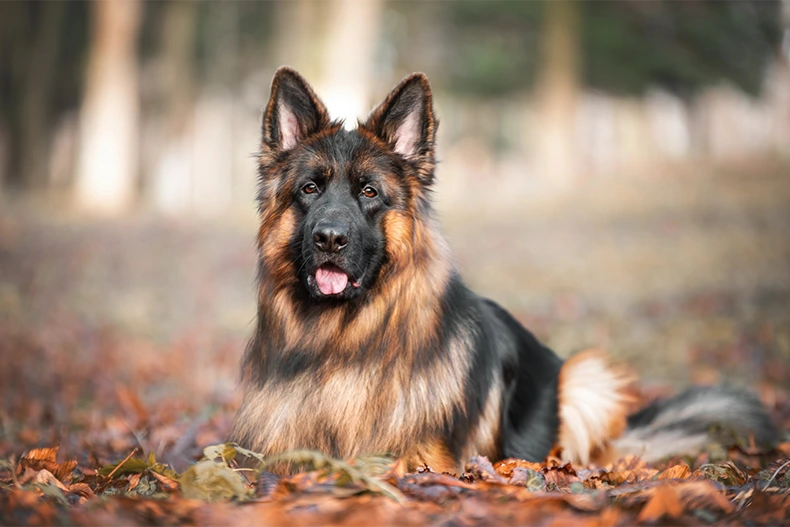Understanding Hip Dysplasia in German Shepherd Dogs
Hip dysplasia is a common orthopedic condition that affects many dog breeds, particularly large and active breeds like German Shepherds. This genetic disorder can lead to pain, discomfort, and mobility issues, making it a significant concern for dog owners and breeders. Understanding hip dysplasia, its causes, symptoms, and treatment options is essential for ensuring the health and well-being of German Shepherds.
What is Hip Dysplasia?
Hip dysplasia is a developmental disorder in which the hip joint does not fit into the hip socket correctly. This malformation can lead to joint instability, causing the bones to rub against each other instead of moving smoothly. Over time, this can result in arthritis, inflammation, and chronic pain.
Causes of Hip Dysplasia
The primary cause of hip dysplasia is genetic predisposition. German Shepherds are particularly susceptible to this condition due to their breeding history. Factors contributing to the development of hip dysplasia include:
- Genetics: If a puppy's parents have hip dysplasia, there is a higher likelihood that the puppy will develop the condition.
- Growth Rate: Rapid growth during the puppy stage can lead to improper hip joint development. Diets that are too high in calories and protein can exacerbate this issue.
- Weight: Obesity increases the stress on a dog's joints, worsening the condition or increasing the likelihood of developing it.
- Activity Level: While exercise is crucial for a dog's health, excessive or inappropriate physical activity during growth can contribute to hip dysplasia.
Symptoms of Hip Dysplasia
Recognizing the symptoms of hip dysplasia early can lead to better outcomes for affected dogs. Common signs include:
- Limping or lameness: This may be more pronounced after exercise or during play.
- Difficulty rising: Dogs with hip dysplasia may struggle to get up after lying down.
- Reduced activity: Affected dogs may be less willing to run or play due to discomfort.
- Abnormal gait: This may include swaying or bunny hopping when running.
- Pain: Dogs may exhibit signs of pain, such as whining or yelping when touching their hips.
Diagnosis
If you suspect that your German Shepherd may have hip dysplasia, it is crucial to consult with a veterinarian. The diagnosis typically involves a physical examination, during which the veterinarian assesses the dog's range of motion and looks for signs of pain. X-rays are usually necessary to evaluate the hip joint's structure and determine the severity of the dysplasia.
Treatment Options
Treatment for hip dysplasia varies based on the severity of the condition and the dog's age. Options include:
- Weight management: Keeping your dog at a healthy weight is vital to reduce joint stress.
- Medications: Non-steroidal anti-inflammatory drugs (NSAIDs) and pain relievers can help manage discomfort and inflammation.
- Physical therapy: Rehabilitation exercises can strengthen the muscles around the hip joint and improve mobility.
- Surgery: In severe cases, surgical options such as a total hip replacement or femoral head osteotomy (FHO) may be recommended to alleviate pain and improve function.
- Supplements:
Chondropaw offers a range of supplements specifically designed to potentially promote and maintain joint health while providing support for managing the symptoms associated with hip dysplasia.
Prevention
While hip dysplasia cannot always be prevented, responsible breeding practices can significantly reduce its incidence. Potential dog owners should choose breeders who conduct hip evaluations and provide health clearances for their breeding dogs.
Additionally, maintaining a healthy weight and providing appropriate exercise can help minimize the risk of developing hip dysplasia in German Shepherds.
Conclusion:
Hip dysplasia is a serious condition that can affect the quality of life of German Shepherds. By understanding the causes, symptoms, and treatment options, dog owners can take proactive steps to manage this condition. Regular veterinary check-ups, responsible breeding practices, and a focus on maintaining a healthy lifestyle are essential for ensuring the longevity and happiness of these loyal companions.


